


We revisit some of the important milestones automotive lighting has passed to reach where it is today
LET US ACKNOWLEDGE IT: headlights and tail-lights are the least of our concern while buying a new vehicle.


 They are something most of us tend to take for granted. Even after buying the vehicle, they remain at the back of our mind until something unexpected happens. Which, as Murphy would attest, will usually happen when it is the most necessary. Like rushing to an important meeting in torrential rain. Or ferrying your girlfriend home after a romantic evening and the clock is about to nudge the 10.30 pm deadline.
They are something most of us tend to take for granted. Even after buying the vehicle, they remain at the back of our mind until something unexpected happens. Which, as Murphy would attest, will usually happen when it is the most necessary. Like rushing to an important meeting in torrential rain. Or ferrying your girlfriend home after a romantic evening and the clock is about to nudge the 10.30 pm deadline.
Still they’re also fascinating things, these pathfinders. Automotive lights today have come a long way from the days of Thomas Alva Edison’s incandescent bulbs. Although the prime objective has remained the same – to provide the best illumination possible while sucking the least possible energy from the engine or battery – the way the whole thing goes about its job has drastically changed. With the march of technology, newer and more efficient means of lighting continue to be invented or discovered regularly and the archaic methods keep getting consigned to the annals of automotive history.


 Therefore, for our anniversary special, we thought it might be a good idea to take a walk down memory lane and revisit some of the important milestones automotive lighting has passed to reach where it is today. Stay with us, dear reader, it wont be as staid and filled with jargon as it sounds.
Therefore, for our anniversary special, we thought it might be a good idea to take a walk down memory lane and revisit some of the important milestones automotive lighting has passed to reach where it is today. Stay with us, dear reader, it wont be as staid and filled with jargon as it sounds.
As motoring became popular and more and more people took to their cars and started driving around after nightfall, the need for something to illuminate the road ahead became urgent. Then there was the question of cars getting more and more powerful and as speeds increased, so did the need for better lighting in direct proportion.


 The very first headlights on cars produced in the 1880s were actually based on acetylene and oil lamps, similar to the gas ones that were being used by households during those times. These were the two main components which formed the blueprint for modern headlights for vehicles. Although in the olden days these were praised for their durable nature, they eventually had to be replaced by electric lamps due to various factors such as their high cost.
The very first headlights on cars produced in the 1880s were actually based on acetylene and oil lamps, similar to the gas ones that were being used by households during those times. These were the two main components which formed the blueprint for modern headlights for vehicles. Although in the olden days these were praised for their durable nature, they eventually had to be replaced by electric lamps due to various factors such as their high cost.
The Electric Vehicle Company, Connecticut, USA, were the pioneers in electric headlamps in the year 1898. Even though they had revolutionised automotive lighting, many car manufacturers did not adopt their lights, because, just like the acetylene and oil-based versions, electric lamps too had their flaws and disadvantages. Investment was the biggest threat derailing its success story as the system demanded an energy system for these lamps to work. The biggest drawback for this system was the fact that it was not durable and in rough weather these lamps used to get burnt and destroyed internally.


 In 1912 American automotive giants Cadillac played a huge gamble by introducing their version of an electric headlamp system. This state-of-art system revolutionised lighting and its biggest asset was that the engineers at Cadillac were able to make it durable and weather-proof, unlike its predecessor. In 1915 Guide Lamp were the first to introduce low-beam headlights, but these proved short-lived, for drivers had to physically step out of their vehicles to turn them on, which, to say the least, was inconvenient.
In 1912 American automotive giants Cadillac played a huge gamble by introducing their version of an electric headlamp system. This state-of-art system revolutionised lighting and its biggest asset was that the engineers at Cadillac were able to make it durable and weather-proof, unlike its predecessor. In 1915 Guide Lamp were the first to introduce low-beam headlights, but these proved short-lived, for drivers had to physically step out of their vehicles to turn them on, which, to say the least, was inconvenient.
Cadillac R&D engineers developed a radical lever-mounted switch to control the headlamps in their cars. The year 1924 witnessed the birth of the modern light bulb, having both low-beam and high-beam filaments. Three years later, it was followed by a foot-operated dimmer switch.


 The year 1962 marked in Europe the introduction of the world’s first halogen headlamps, which became mandatory in various countries apart from the US, which still relied upon non-halogen sealed lamps until 1978. To this day a majority of the automobile makers round the world incorporate halogen lamps in their present models thanks to their illumination capacity as compared to traditional headlights.
The year 1962 marked in Europe the introduction of the world’s first halogen headlamps, which became mandatory in various countries apart from the US, which still relied upon non-halogen sealed lamps until 1978. To this day a majority of the automobile makers round the world incorporate halogen lamps in their present models thanks to their illumination capacity as compared to traditional headlights.
BMW were the first to introduce high-intensity headlamps, also known as ‘xenon headlights’, in their flagship sedan, the 7 Series, in 1991. Present day headlights incorporate an even more advanced system compared to xenon. Light-emitting diodes (LED) are fast making their presence felt with automotive giant Audi incorporating them as their standard headlight system in all their models. Unfortunately, due to the high cost of R&D and engineering, many automobile makers are still in doubt with respect to the LED systems.
In recent years, the after-market and customisation scene in India has seen a steady influx of cheap Chinese, Taiwanese and Korean-made decorative LED that have become popular among the younger drivers. Although of no efficiency, these colour-tinted lights lend the car a highly stylised and snazzy look. Nevertheless, it is important not to get carried away and go in for an unbranded after-market lighting system that actually emits less usable light than the unit provided by the manufacturer. Apart from the obvious safety reasons, there are also the rules and regulations in this regard to worry about.

 Today automotive companies all over the world are busy creating a wide variety of advanced technologies related to headlamps, the incorporation of multiple light sensors, steering angle and driving direction light sensors and programmes incorporating GPS and navigation panels with headlamps to anticipate the future direction, without driver assistance. As the need for illuminating the dark road ahead gets fulfilled, the functionality of lights seems to be diversifying as they also become a harmonious design element to gel well with the rest of the aesthetics.
Today automotive companies all over the world are busy creating a wide variety of advanced technologies related to headlamps, the incorporation of multiple light sensors, steering angle and driving direction light sensors and programmes incorporating GPS and navigation panels with headlamps to anticipate the future direction, without driver assistance. As the need for illuminating the dark road ahead gets fulfilled, the functionality of lights seems to be diversifying as they also become a harmonious design element to gel well with the rest of the aesthetics.
The future of automotive lighting is indeed very bright.
Although the prime objective has remained the same,the way lightbulbs goes about their job has drastically changed
It is important not to get carried away and go in for an unbranded after-market lighting system that actually emits less usable light than the unit provided by the manufacturer
Story: Saeed Akhtar
and Sayem Syed






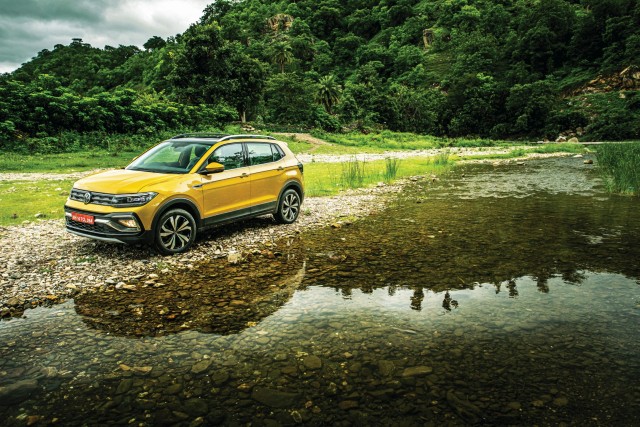
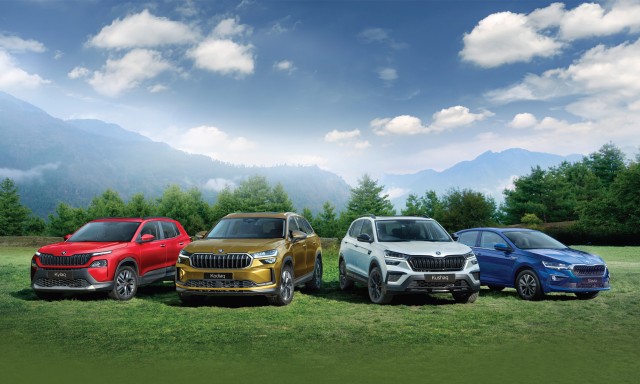

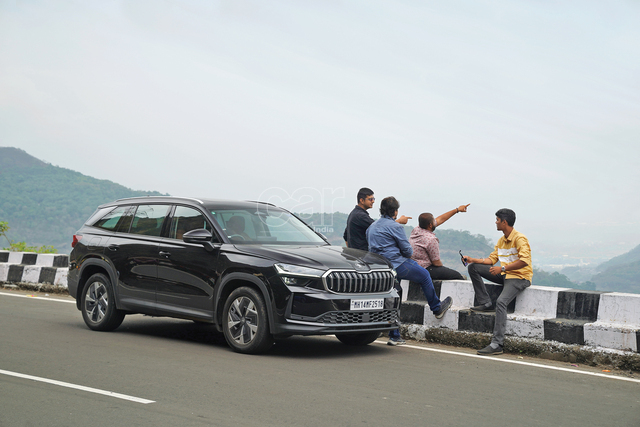


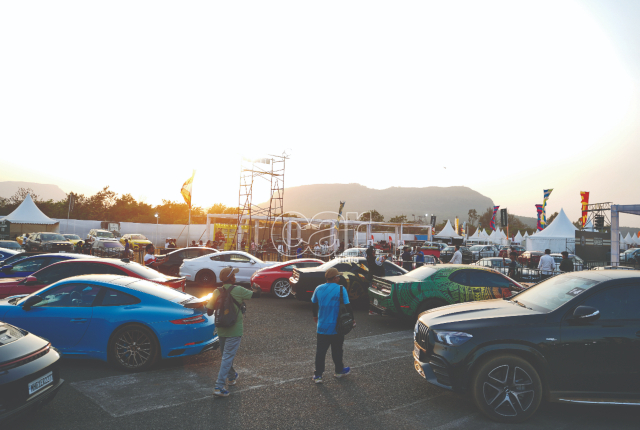
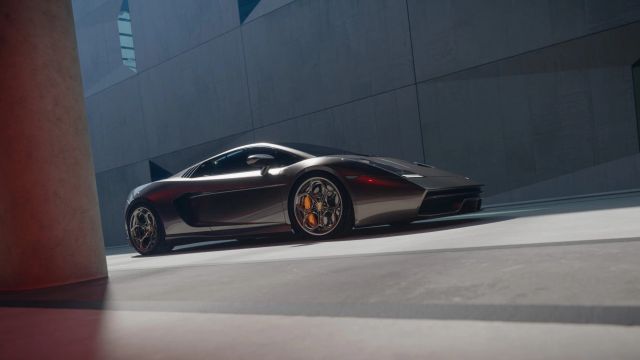


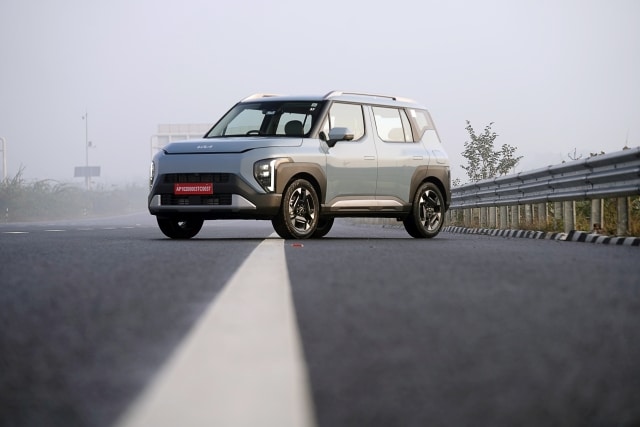




Leave a Reply